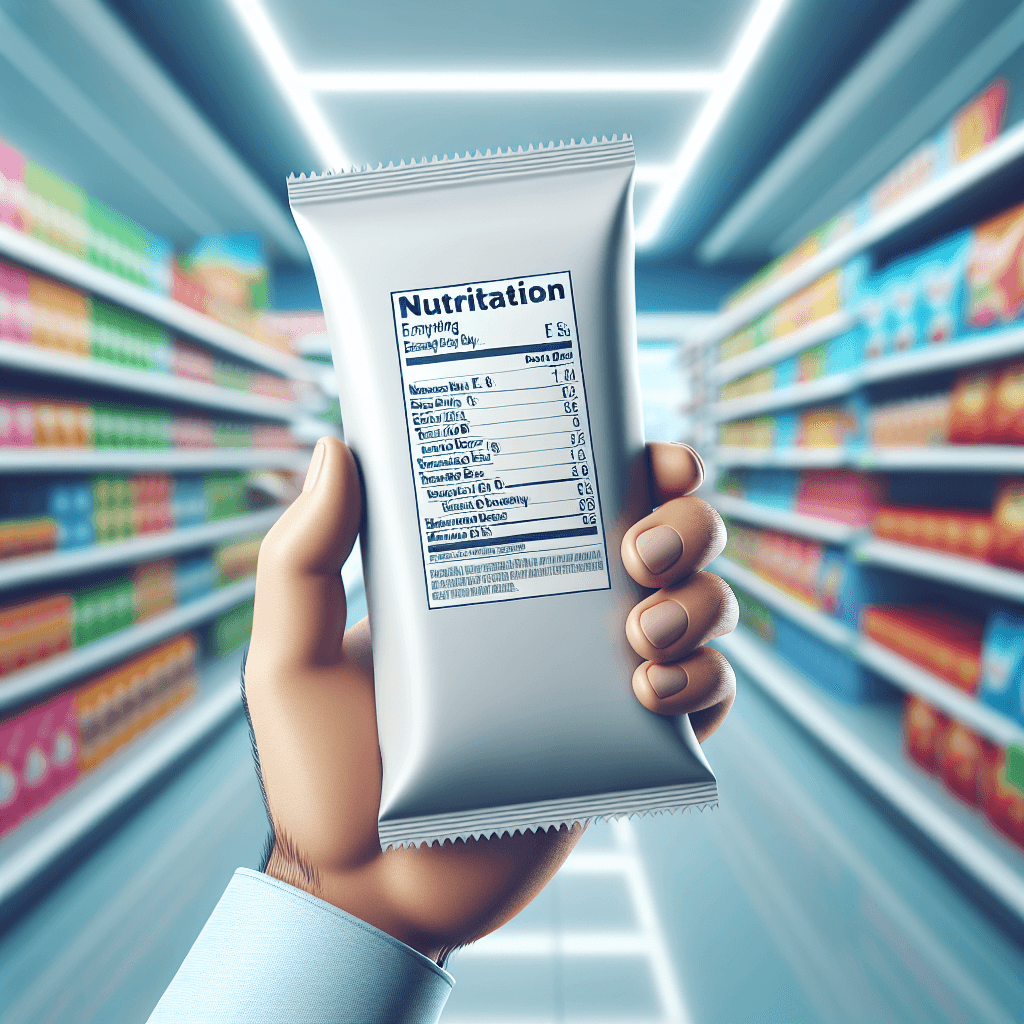How to Scan Food Labels for E Numbers: A Complete Guide for 2025
What Are E Numbers?
E numbers are codes assigned to food additives approved for use in the European Union and many other regions. Each E number corresponds to a specific additive, such as a preservative, colorant, or emulsifier. While the USA uses different labeling conventions, many imported foods still display E numbers, and understanding them is crucial for global shoppers.
| E Number | Additive Name | Function | Common Foods |
|---|---|---|---|
| E100 | Curcumin | Color | Curry powders, mustards |
| E200 | Sorbic acid | Preservative | Cheese, baked goods |
| E621 | Monosodium glutamate (MSG) | Flavor enhancer | Snacks, soups |
For a full list of E numbers and their meanings, see the EFSA Food Additives Database.
Why Should You Scan Food Labels for E Numbers?
- Food sensitivities & allergies: Some E numbers are linked to allergic reactions or intolerance.
- Dietary preferences: Vegans, vegetarians, and those avoiding certain chemicals can identify unwanted additives.
- Regulatory differences: Some additives allowed in one country may be restricted or banned in another.
- Health-conscious choices: Recent studies, such as the 2024 PubMed review on food additives and gut health, highlight potential long-term effects of certain E numbers.
Being able to scan and interpret E numbers empowers you to make safer food choices, especially when shopping internationally or online.
How to Scan Food Labels for E Numbers: Step-by-Step
- Locate the ingredients list: On packaged foods in both the USA and Italy, the ingredient list is usually on the back or side. E numbers are often listed alongside their additive names.
- Identify E numbers: Look for codes starting with “E” followed by three or four digits (e.g., E330 for citric acid).
- Check for additive names: In the USA, additives may be listed by name (e.g., “ascorbic acid” instead of “E300”), but imported products often use E numbers.
- Use a food scanner app: Apps like Food Scan Genius allow you to scan barcodes or ingredient lists and instantly flag E numbers of concern.
- Cross-reference with regulatory lists: Regulations differ—what’s allowed in Italy may be restricted in the USA and vice versa. Use trusted sources like the FDA Food Additives Overview and the Italian Ministry of Health Additives Portal.
For voice search: “How do I scan food labels for E numbers in Italy?” or “What E numbers should I avoid in the USA?”
Comparing Food Labeling: USA vs. Italy
| Feature | USA | Italy (EU) |
|---|---|---|
| Labeling System | Ingredient names, some E numbers on imports | Ingredient names and E numbers required |
| Regulatory Body | FDA | EFSA, Italian Ministry of Health |
| Banned Additives | Some colors/flavors banned or restricted | Stricter on certain preservatives and dyes |
| Allergen Disclosure | Mandatory for top 9 allergens | Mandatory for 14 allergens |
For example, E110 (Sunset Yellow) is permitted in the USA with limits but is subject to stricter controls in Italy and the EU.
Recent Scientific Findings on E Numbers
- 2024 PubMed Study: A recent review (PubMed, 2024) found that some synthetic food additives, including certain E numbers, may disrupt gut microbiota and contribute to inflammation in sensitive individuals.
- EFSA 2025 Additive Safety Report: The 2025 EFSA report re-evaluated several E numbers, updating safe intake levels and highlighting the need for clearer labeling, especially for children and pregnant women.
Recent News: Food Safety and E Numbers
- “US Tightens Rules on Artificial Colors” (New York Times, Nov 2024): The FDA has proposed new labeling requirements for synthetic colors, many of which are E numbers in Europe.
- “Italy Bans Titanium Dioxide (E171) in Food” (La Repubblica, Oct 2024): Following EFSA recommendations, Italy has removed E171 from the list of permitted additives.
- “Consumers Demand Cleaner Labels” (FoodNavigator, Jan 2025): Surveys show a growing preference for additive-free foods and transparent labeling in both the USA and Italy.
Food Scan Genius: The Smart Way to Scan Food Labels for E Numbers
Food Scan Genius is a cutting-edge app designed for anyone who wants to scan food labels for E numbers, allergens, or specific dietary needs. Whether you’re in the USA, Italy, or shopping for imported products, Food Scan Genius makes it easy to:
- Scan barcodes or ingredient lists instantly using your smartphone camera.
- Detect E numbers and flag those that are restricted or of concern in your region.
- Filter by dietary preference (vegan, gluten-free, organic, etc.).
- Access up-to-date regulatory info for both the USA and Italy.
- Check Generic Scanners suitability for people with food sensitivities or allergies.
How it works: Simply open the app, point your camera at the label or barcode, and get instant feedback on E numbers and additive safety. The app uses the latest EFSA, FDA, and local regulatory data to ensure accuracy.
Scan with Food Scan Genius — Take control of your food choices today!
Tips for Reading Food Labels Effectively
- Read ingredient lists in full: E numbers can appear anywhere in the list.
- Watch for “hidden” additives: Some may be listed by name, not E number, especially in the USA.
- Be aware of regional differences: An additive allowed in Italy may not be permitted in the USA, and vice versa.
- Use scanning apps: Tools like Food Scan Genius save time and reduce errors.
- Stay updated: Regulations and scientific findings change—follow trusted sources like the FDA, EFSA, and reputable news outlets.
Frequently Asked Questions: How to Scan Food Labels for E Numbers
What are E numbers on food labels?
E numbers are codes for food additives approved by the European Union and many other countries. They help standardize labeling and make it easier to identify specific chemicals in foods.
How can I avoid harmful E numbers?
Read ingredient lists carefully, use apps like Food Scan Genius to scan for flagged E numbers, and stay informed about new research and regulations in your region.
Are E numbers the same in the USA and Italy?
No. While some additives are used in both countries, labeling and approval processes differ. Italy (and the EU) require E numbers on labels, while the USA typically lists the additive name. Some E numbers are banned or restricted in one country but not the other.
Can Food Scan Genius help with food allergies?
Yes. Food Scan Genius flags common allergens and E numbers linked to sensitivities, helping you avoid problematic foods quickly and accurately.
Conclusion: Make Smarter Choices with E Number Scanning
Learning how to scan food labels for E numbers is essential for anyone with food sensitivities, allergies, or a desire to eat healthier. With tools like Food Scan Genius, you can instantly identify additives, compare regulatory differences between the USA and Italy, and make confident choices—wherever you shop. Stay informed, use smart scanning technology, and always check the latest food safety updates.
Scan with Food Scan Genius and take control of your food label reading today!





